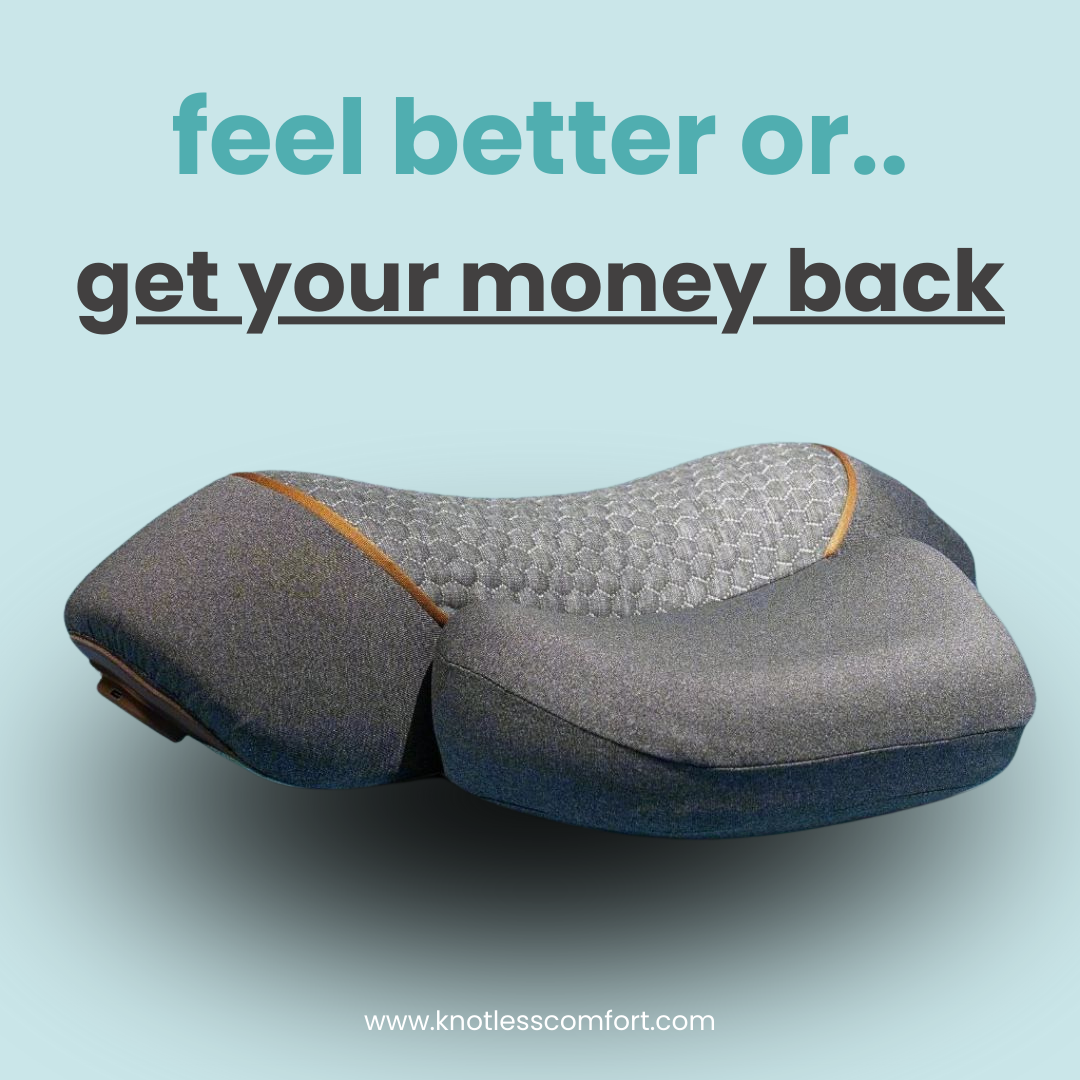Why Compression is Key to Faster Muscle Recovery (and Preventing Re-Injury)
Written by The Audrey Jones Taylor Rehabilitation Team
Whether you are an elite athlete or simply active, efficient recovery is non-negotiable. Compression gear does more than just hold a muscle still—it is a proven tool for enhancing biological recovery.
The Scientific Edge of Compression
High-grade compression (unlike thin retail sleeves) actively supports two biological processes:
-
Increased Blood Flow: Compression helps your veins push deoxygenated blood and metabolic waste (like lactic acid) out of the muscles faster. More fresh, oxygenated blood enters the muscle tissues.
-
Reduced Swelling and Inflammation: By minimizing space for fluid buildup, compression helps manage post-exercise swelling, which is the body's first response to injury or heavy strain.
When Should I Use Compression?
-
During Activity: To stabilize joints (like knees/ankles) and minimize muscle vibration, delaying fatigue.
-
Immediately Post-Workout: To initiate rapid fluid removal and reduce soreness.
-
During Travel/Rest: To maintain healthy blood circulation and accelerate recovery for the next session.
Braces & Supports for Active Recovery
We offer a range of specialized compression and support devices:
-
For Chronic Knee Pain: Explore our [Link to Knee Braces Collection] for supports that offload the joint.
-
For General Muscle Soreness: Use our [Link to Massage Guns/Pressotherapy] for enhanced circulatory recovery.
Investing in high-quality supports is not about treating an injury; it's about making a strategic decision to prevent future setbacks and consistently perform at your best.

